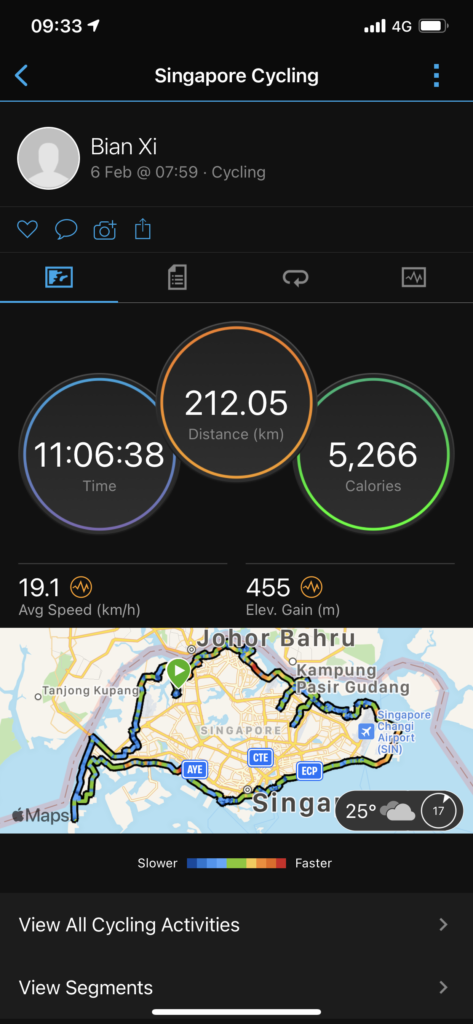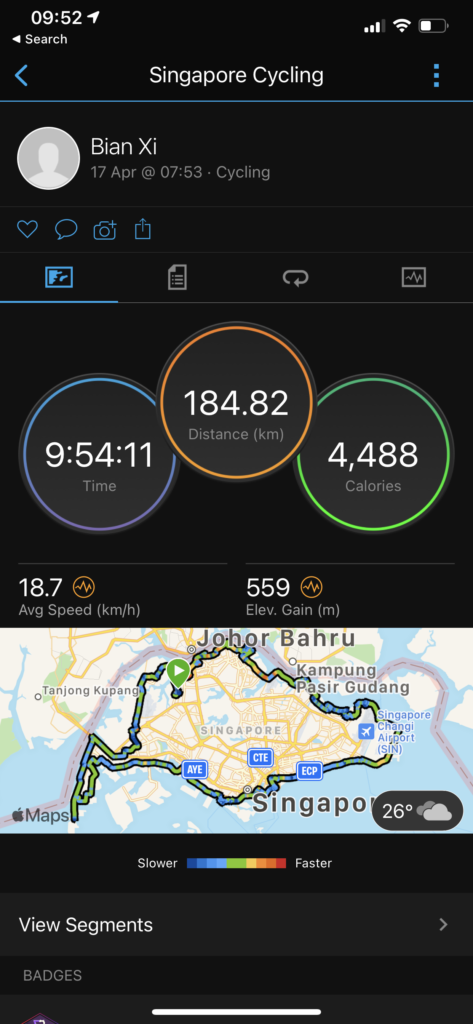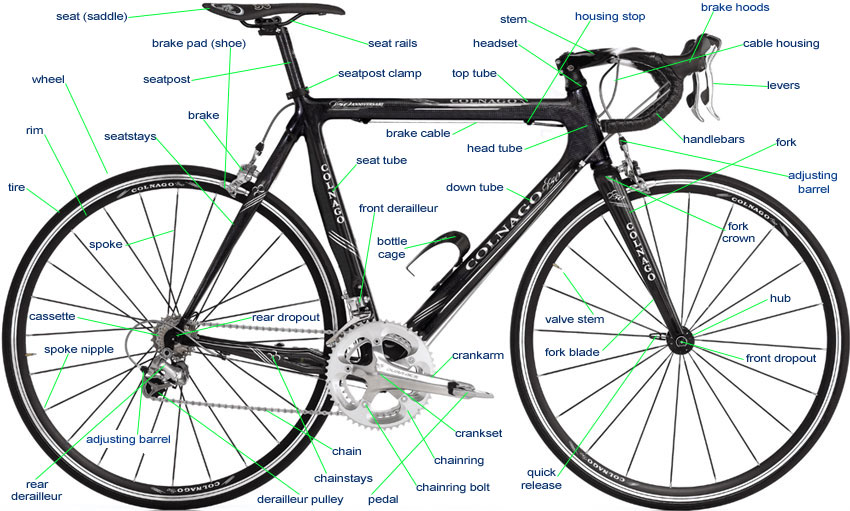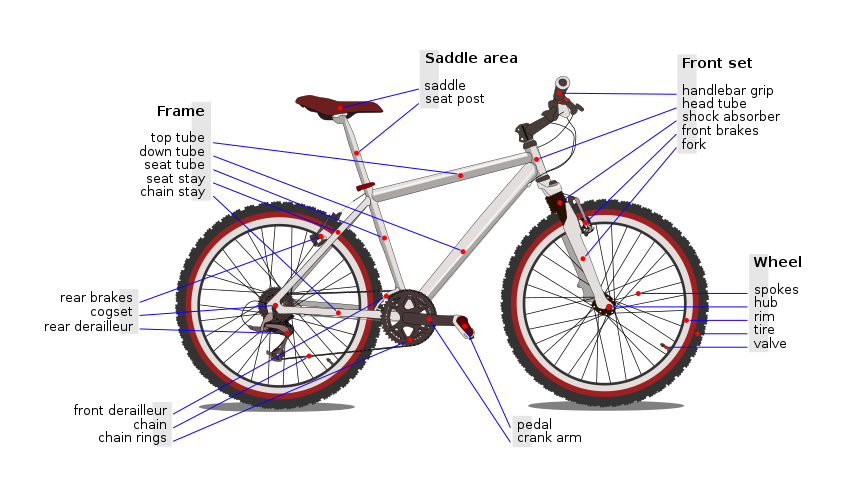Table of Contents
Hashicorp Vault docker installation and client testing
Vault Server Installation
Create one folder with 3 subfolders
mkdir -p vault/{config,file,logs}Create vault configuration file
Create vault/config/vault.json
{
"backend": {
"file": {
"path": "/vault/file"
}
},
"listener": {
"tcp":{
"address": "0.0.0.0:8200",
"tls_disable": 1
}
},
"ui": true
}Create docker-compose.yml
Create file vault/docker-compose.yml
version: '3.7'
services:
vault:
image: vault:latest
container_name: vault
ports:
- "8200:8200"
restart: unless-stopped
volumes:
- ./logs:/vault/logs
- ./file:/vault/file
- ./config:/vault/config
cap_add:
- IPC_LOCK
entrypoint: vault server -config=/vault/config/vault.jsonCreate container
Run docker-compose command in vault folder
cd vault
docker-compose up -dAccess WebUI
Access http://localhost:8200/ from browser
- Select 5 as Key shares, and 3 as Key threshold, and Initialize
- Download keys into a Json file
- Use 3 keys to unseal vault
- Use root token to login
Client installation
Ubuntu x86
- Add the HashiCorp GPG key
# curl -fsSL https://apt.releases.hashicorp.com/gpg | apt-key add -- Add the official HashiCorp Linux repository
# apt-add-repository "deb [arch=amd64] https://apt.releases.hashicorp.com $(lsb_release -cs) main"- Install vault
# apt-get install vault- Verify
# vaultConnect to vault
- Set environment
$ export VAULT_ADDR='http://127.0.0.1:8200'
$ export VAULT_TOKEN="<token>"- Check status
$ vault status
...
Sealed false
...Secrets operations
| Subcommand | kv v1 | kv v2 | Description |
|---|---|---|---|
| delete | x | x | Delete versions of secrets stored in K/V |
| destroy | x | Permanently remove one or more versions of secrets | |
| enable-versioning | x | Turns on versioning for an existing K/V v1 store | |
| get | x | x | Retrieve data |
| list | x | x | List data or secrets |
| metadata | x | Interact with Vault\'s Key-Value storage | |
| patch | x | Update secrets without overwriting existing secrets | |
| put | x | x | Sets or update secrets (this replaces existing secrets) |
| rollback | x | Rolls back to a previous version of secrets | |
| undelete | x | Restore the deleted version of secrets |
Example:
vault-getting-started:~# vault login root
Success! You are now authenticated. The token information displayed below
is already stored in the token helper. You do NOT need to run "vault login"
again. Future Vault requests will automatically use this token.
Key Value
--- -----
token root
token_accessor rSn3h08ikdez4zch5ghr4wYY
token_duration ∞
token_renewable false
token_policies ["root"]
identity_policies []
policies ["root"]
vault-getting-started:~# vault kv put secret/hello foo=world
Key Value
--- -----
created_time 2021-11-25T06:15:45.332182013Z
deletion_time n/a
destroyed false
version 1
vault-getting-started:~# vault kv put secret/hello foo=world excited=yes
Key Value
--- -----
created_time 2021-11-25T06:15:48.808651794Z
deletion_time n/a
destroyed false
version 2
vault-getting-started:~# vault kv get secret/hello
====== Metadata ======
Key Value
--- -----
created_time 2021-11-25T06:15:48.808651794Z
deletion_time n/a
destroyed false
version 2
===== Data =====
Key Value
--- -----
excited yes
foo world
vault-getting-started:~# vault kv get -field=excited secret/hello
yes
vault-getting-started:~# vault kv get -format=json secret/hello | jq -r .data.data.excited
yes
vault-getting-started:~# vault kv delete secret/hello
Success! Data deleted (if it existed) at: secret/hello
vault-getting-started:~#Secret Engine
The driver to save secret in different way, type of secret.
List
Every path has it's own secret type
$ vault secrets list
Path Type Accessor Description
---- ---- -------- -----------
cubbyhole/ cubbyhole cubbyhole_78189996 per-token private secret storage
identity/ identity identity_ac07951e identity store
kv/ kv kv_15087625 n/a
secret/ kv kv_4b990c45 key/value secret storage
sys/ system system_adff0898 system endpoints used for control, policy and debuggingEnable
Set one path to specific secret type
$ vault secrets enable -path=kv kv
Success! Enabled the kv secrets engine at: kv/or
$ vault secrets enable kvCreate secret
$ vault kv put kv/hello target=world
Success! Data written to: kv/helloGet secret
$ vault kv get kv/hello
===== Data =====
Key Value
--- -----
target worldDelete secret
$ vault kv delete kv/hello
Success! Data deleted (if it existed) at: kv/helloList
$ vault kv list kv/
Keys
----
helloDisable
$ vault secrets disable kv/
Success! Disabled the secrets engine (if it existed) at: kv/Dynamic Secrets
When using secret engine such as aws engine.
$ vault secrets enable -path=aws aws
Success! Enabled the aws secrets engine at: aws/More Info: Dynamic Secrets
Authentication
Token
- Create token
$ vault token create
Key Value
--- -----
token s.iyNUhq8Ov4hIAx6snw5mB2nL
token_accessor maMfHsZfwLB6fi18Zenj3qh6
token_duration ∞
token_renewable false
token_policies ["root"]
identity_policies []
policies ["root"]- Login
$ vault login s.iyNUhq8Ov4hIAx6snw5mB2nL
Success! You are now authenticated. The token information displayed below
is already stored in the token helper. You do NOT need to run "vault login"
again. Future Vault requests will automatically use this token.
Key Value
--- -----
token s.iyNUhq8Ov4hIAx6snw5mB2nL
token_accessor maMfHsZfwLB6fi18Zenj3qh6
token_duration ∞
token_renewable false
token_policies ["root"]
identity_policies []
policies ["root"]- Revoke
$ vault token revoke s.iyNUhq8Ov4hIAx6snw5mB2nL
Success! Revoked token (if it existed)GitHub
- Enable
$ vault auth enable github
Success! Enabled github auth method at: github/- Set organization
$ vault write auth/github/config organization=hashicorp
Success! Data written to: auth/github/config- Configure the GitHub engineering team authentication to be granted the default and applications policies
$ vault write auth/github/map/teams/engineering value=default,applications
Success! Data written to: auth/github/map/teams/engineering- List
$ vault auth list
Path Type Description
---- ---- -----------
github/ github n/a
token/ token token based credentials- Set login method
$ vault login -method=github
GitHub Personal Access Token (will be hidden):
Success! You are now authenticated. The token information displayed below
is already stored in the token helper. You do NOT need to run "vault login"
again. Future Vault requests will automatically use this token.
Key Value
--- -----
token s.DNtKCjVQ1TxAzgMqtDuwjjC2
token_accessor e7zLJuPg2tLpav66ZSu5AyDC
token_duration 768h
token_renewable true
token_policies [default applications]
token_meta_org hashicorp
token_meta_username my-user- Login
$ vault login root- Revoke all tokens generated the github auth method
$ vault token revoke -mode path auth/github- Disable the github auth method
$ vault auth disable github
Success! Disabled the auth method (if it existed) at: github/Policy
- Policy for token
The policy path secret/data/* is related to all secret path secret/*.
The policy path secret/data/foo is related to secret path secret/foo.
- Policy for approle
The policy path secret/approle/* is related to role_id + secret_id authentication.
Policy for token
- Create
$ vault policy write my-policy - << EOF
# Dev servers have version 2 of KV secrets engine mounted by default, so will
# need these paths to grant permissions:
path "secret/data/*" {
capabilities = ["create", "update"]
}
path "secret/data/foo" {
capabilities = ["read"]
}
EOF- List
$ vault policy list
default
my-policy
root- Show
$ vault policy read my-policy
# Dev servers have version 2 of KV secrets engine mounted by default, so will
# need these paths to grant permissions:
path "secret/data/*" {
capabilities = ["create", "update"]
}
path "secret/data/foo" {
capabilities = ["read"]
}- Create token
$ export VAULT_TOKEN="$(vault token create -field token -policy=my-policy)"- Check policy
$ vault token lookup | grep policies
policies [default my-policy]- Write success
$ vault kv put secret/creds password="my-long-password"
Key Value
--- -----
created_time 2018-05-22T18:05:42.537496856Z
deletion_time n/a
destroyed false
version 1- Write failed
$ vault kv put secret/foo robot=beepboop
Error writing data to secret/data/foo: Error making API request.
URL: PUT http://localhost:8200/v1/secret/data/foo
Code: 403. Errors:
* 1 error occurred:
* permission deniedPolicy for approle
- Enable
$ vault auth enable approle
Success! Enabled approle auth method at: approle/- Create
my-rolelink tomy-policy
$ vault write auth/approle/role/my-role \
secret_id_ttl=10m \
token_num_uses=10 \
token_ttl=20m \
token_max_ttl=30m \
secret_id_num_uses=40 \
token_policies=my-policy
Success! Data written to: auth/approle/role/my-role- Create
role_id
$ export ROLE_ID="$(vault read -field=role_id auth/approle/role/my-role/role-id)"- Create
secret_id
$ export SECRET_ID="$(vault write -f -field=secret_id auth/approle/role/my-role/secret-id)"- Login
$ vault write auth/approle/login role_id="$ROLE_ID" secret_id="$SECRET_ID"
Key Value
--- -----
token s.Sh9h1wZ9ycATeSaASoOQvovr
token_accessor xCgUIu6WWLM9opkEkAiNLsRc
token_duration 20m
token_renewable true
token_policies ["default" "my-policy"]
identity_policies []
policies ["default" "my-policy"]
token_meta_role_name my-role




